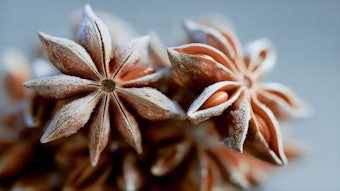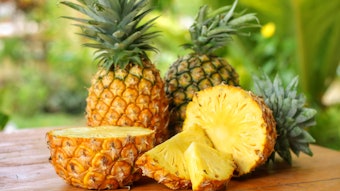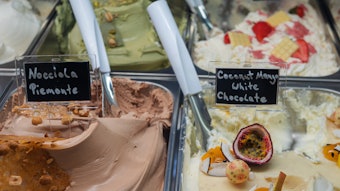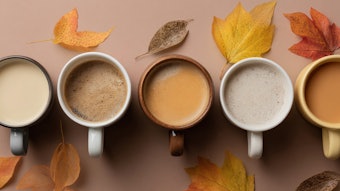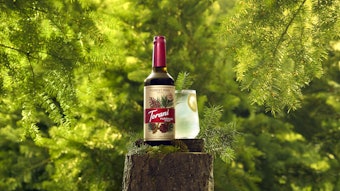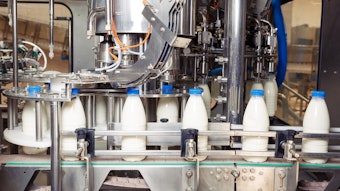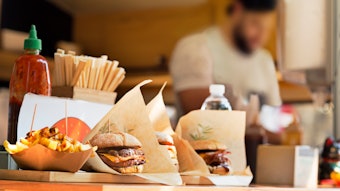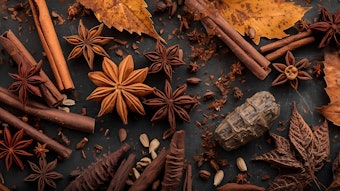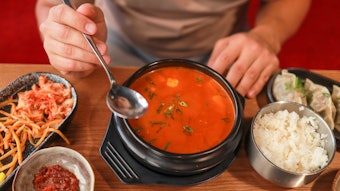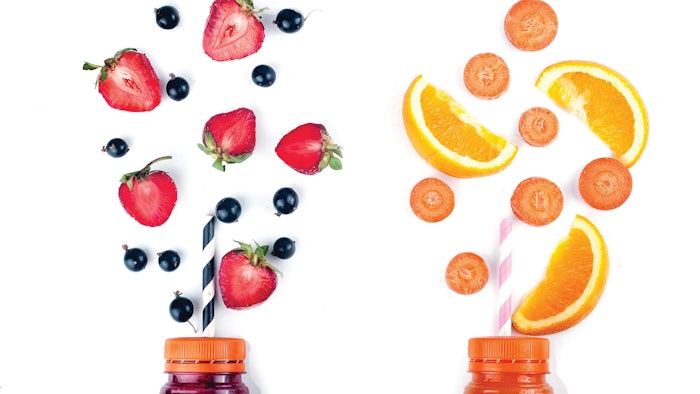
While summertime usually invokes thoughts of backyard barbecues, beach parties, sporting events and other gatherings focused on the consumption of alcoholic beverages—2022 is shaping up to be different than previous years.
After two years of dramatically increased alcoholic beverage consumption during the pandemic a, many U.S. consumers are pursuing healthier ‘sober curious’ lifestyles and seeking alcohol-free refreshments. An estimated 20% of Gen Z and Millennials have dabbled in “drysolation” over the past two years b, leading to increased demand for low- and no-alcohol beverages c. This shift in lifestyle drove innovation in a range of non-alcoholic categories, including carbonated soft drinks (CSD), sparkling waters, RTD mocktails and other beverages.
Shift in Taste
As consumers became more interested in healthier low- and no-ABV beverage options during the pandemic, non-alcoholic beverage brands—which have largely played a role as mixers in the alcoholic beverage category in the past—are capitalizing on the recent demand for low- and no-ABV beverages via mocktails, which deliver the sophisticated experience of cocktails without alcohol. This trend is even more pronounced among younger consumers. Over 30% of Gen Z and Millennial participants in a 2021 Mintel survey expressed an interest in non-alcoholic beverages inspired by cocktails, compared to 26% of Gen X and 17% of Baby Boomers d.
Footnotes:
awww.alkermes.com/news-and-events/harris-poll-drinking-patterns
bwww.kantar.com/campaigns/covid-19-barometer
cstore.mintel.com/report/healthy-dining-trends-us-2022
dwww.mintel.com/mintel-menu-insights
For the full article, please check out the Perfumer & Flavorist+ June 2022 issue.
